Readtopia Thematic Unit — A Story of Survival anchored by The Swiss Family Robinson for Upper Elementary
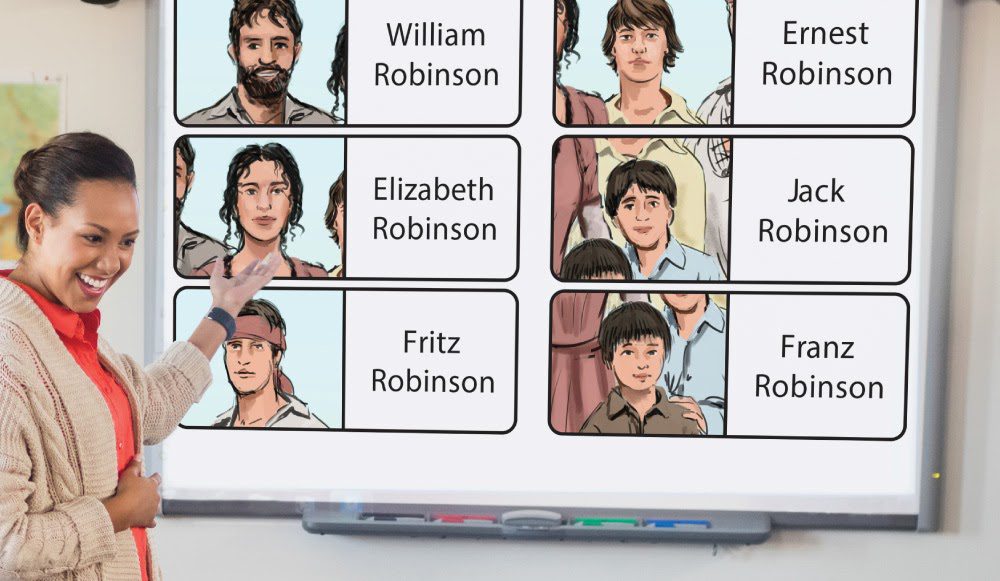
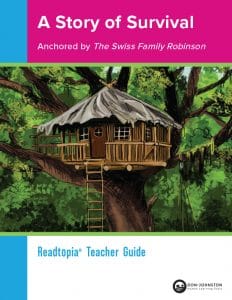
Thematic Unit Resources & Instructional Components
- Videos– quickly engage students and provide an opportunity to introduce vocabulary, build background knowledge, and mental models to support learning.
- Leveled Readers– offering five levels of accessible text- anchor reading comprehension as you introduce, model, and practice literacy and communication skills through Interactive Read Aloud and Shared Reading Lessons
- Informational Text– provided at three levels- includes science, social studies, and social / emotional topics.
- Predictable Chart Writing– Offers students at all reading levels an opportunity to participate in structured and systematic shared writing activities.
- Phonics Instruction – Offered at three levels including Learning Letters, Making Words, and Independent phonics lessons.
- Integrated Math– provided at four levels- connect basic mathematical concepts with thematic unit content using Video/ Vocabulary lessons, Hands on Application lessons, and Independent Practice
ELA / Literature Component—ELA graphic novel at five levels
The A Story of Survival thematic unit is anchored by a modified version of the classic novel, The Swiss Family Robinson by Johann David Wyss—a story of immigration, shipwreck, and survival.
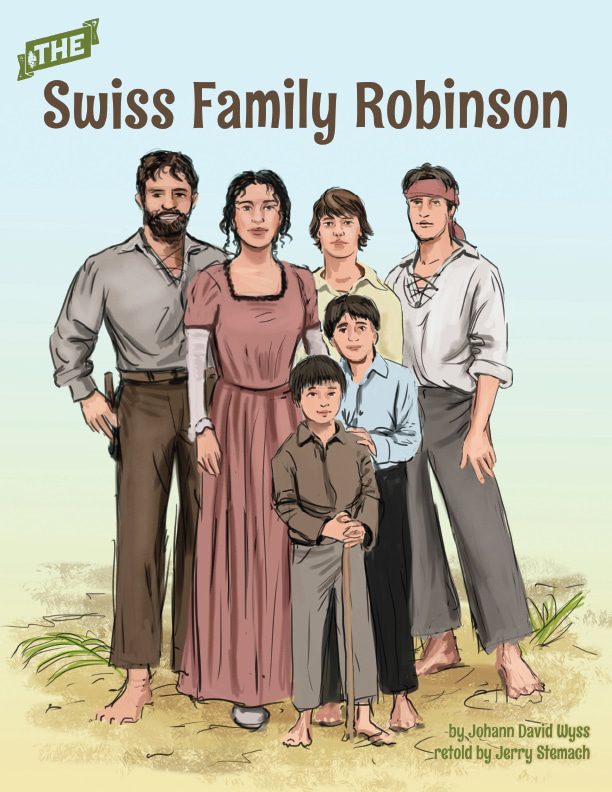
The story takes place more than 200 years ago. The Robinsons are crossing the ocean to a new land. But when a storm hits their ship, they crash into rocks. There is an island nearby, but can they reach it? There are sharks in the water and dangerous animals on land.
Mr. and Mrs. Robinson and their boys must make a raft, hunt for food, and build a house. Can they do it?
This book will take you there to find out while engaging all of your students.

Content Area Learning Component — Social Studies and Science

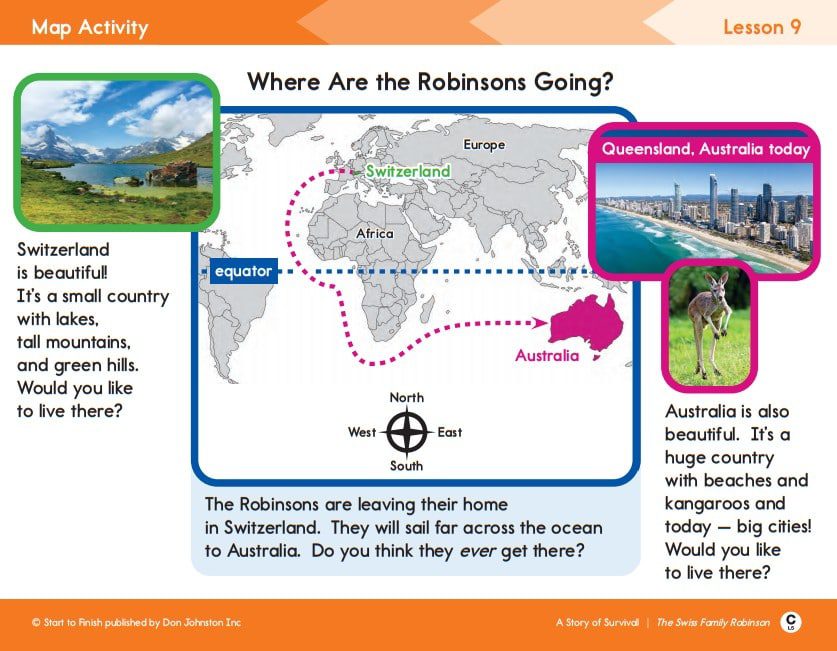
Math Component
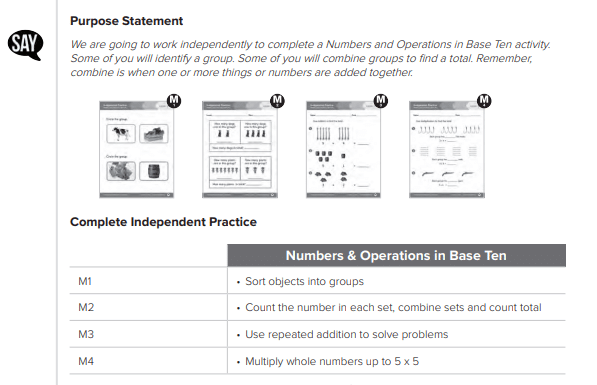
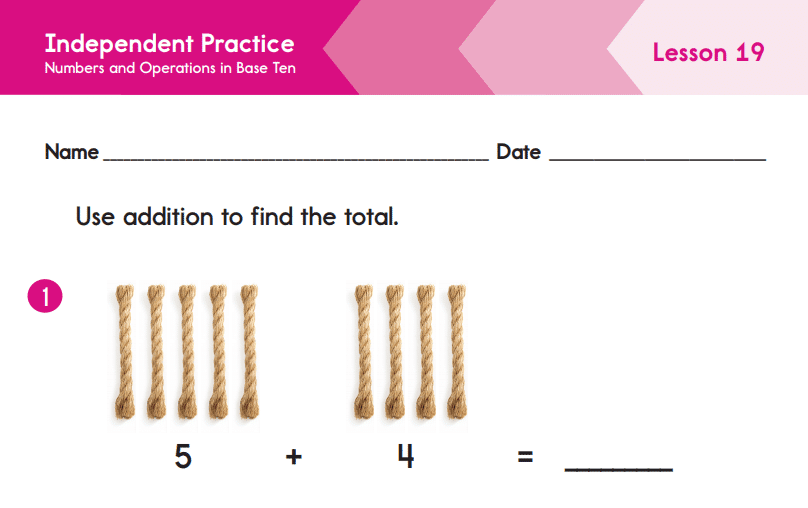
Math Objectives for A Story of Survival –
• Addition-Combine sets and count to add; Use single and double digit numbers to add.
• Geometry-Identify shapes that are the same;Sort shapes by number of sides or angles.
• Money-Identify the value of money, more and less; counting on.
• Numbers and Operations in Base Tens-Combine sets and count to add; Use repeated addition to solve problems.
• Operations and Algebraic Thinking-Use shapes and numbers to create a pattern.
• Time-Sequence pictures using “before,” “during,” and “after;” Tell time to the hour, half hour, and minute.
Social Emotional Learning
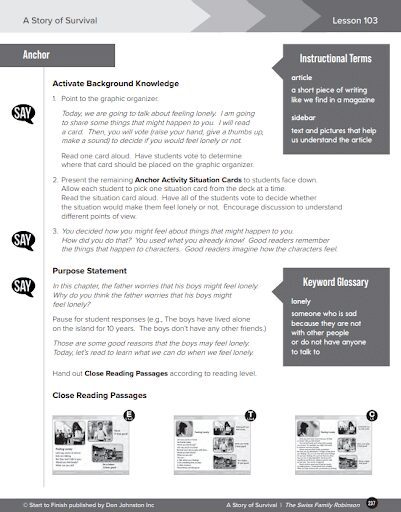
About Readtopia Upper Elementary


